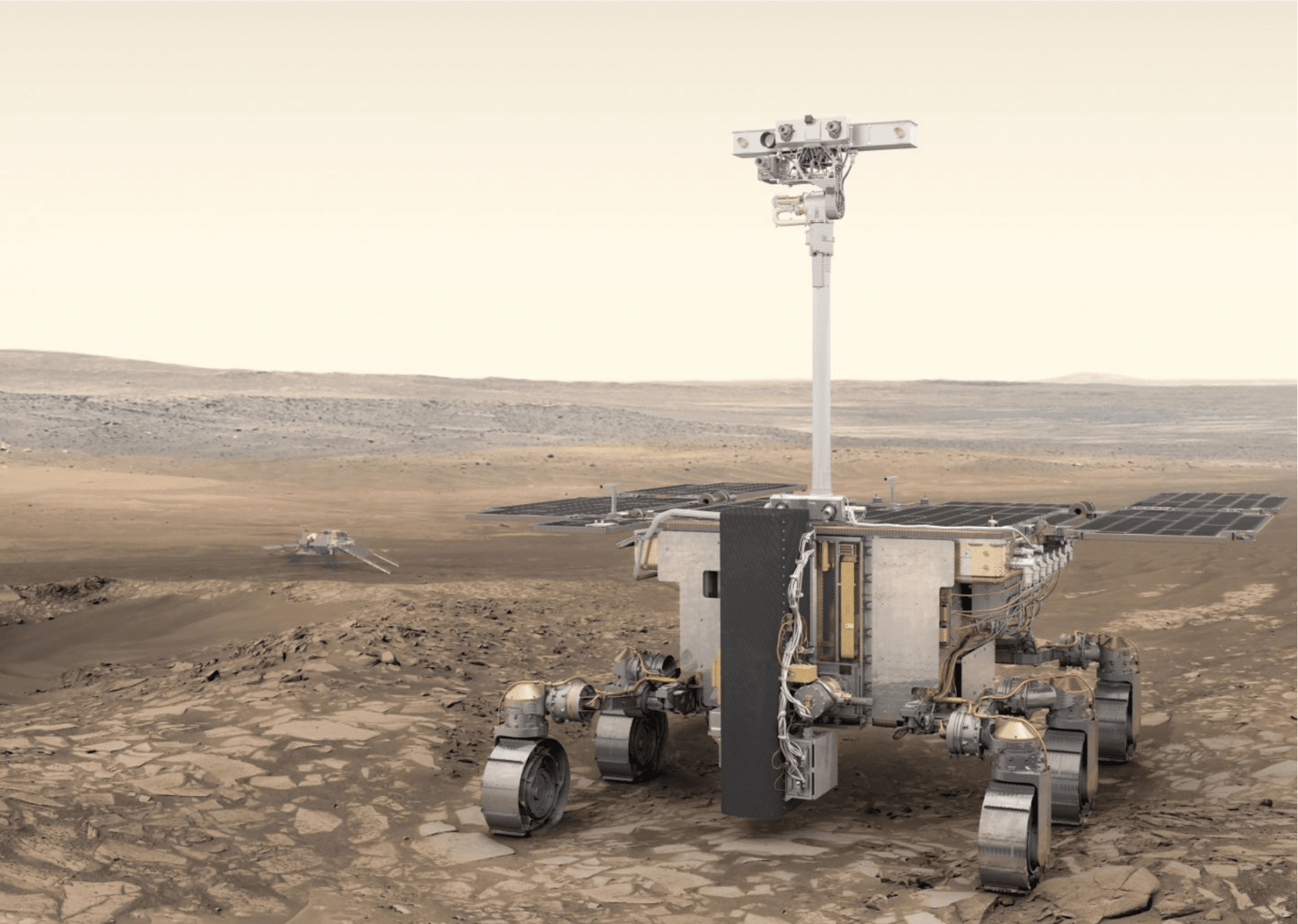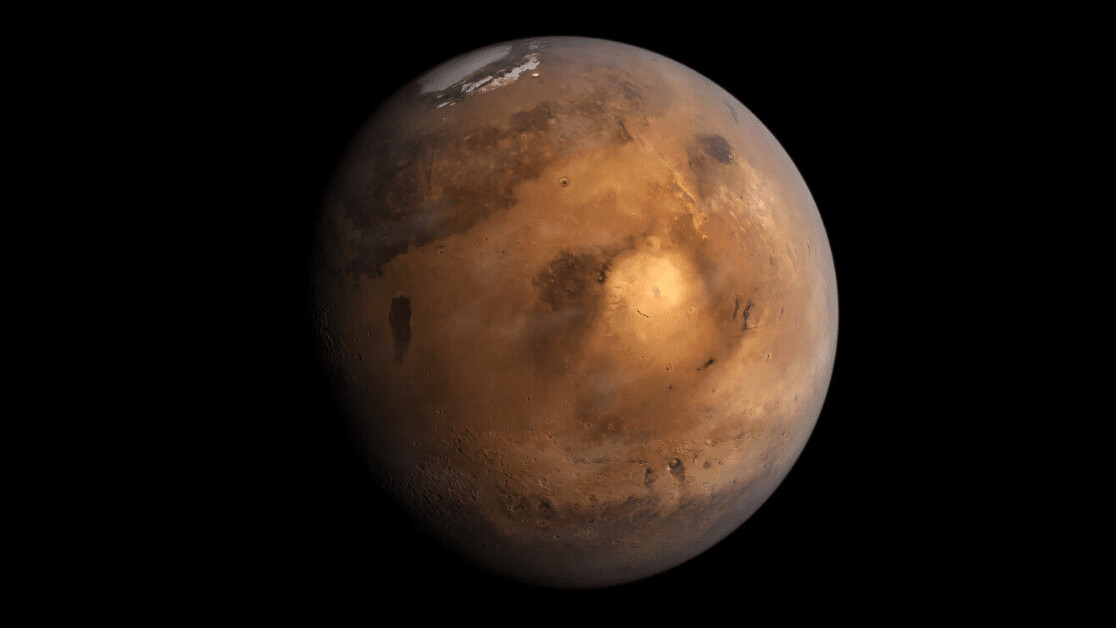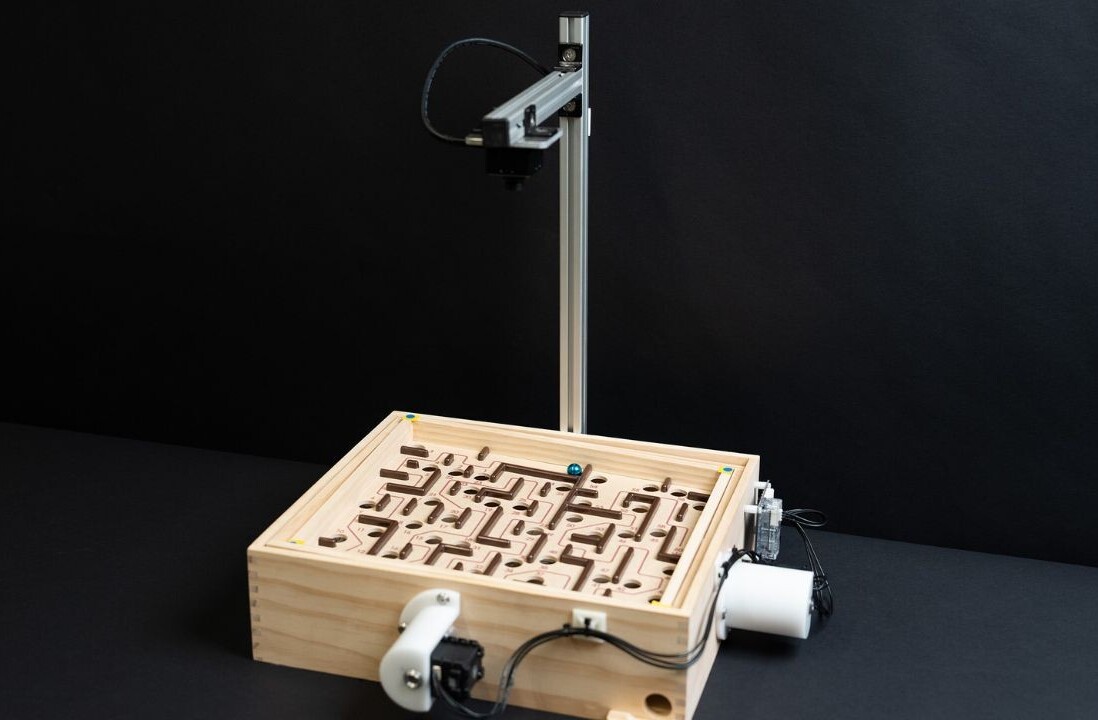The ExoMars mission to find life on Mars moved a step closer to take-off this week after NASA unveiled the first results of an AI system that will support the search.
The former Space Race rivals of Russia and the US plan to use AI to scan rocks on the Red Planet for signs of life. Eventually, they aim to use the system in future missions to the moons of Jupiter and Saturn.
They believe that using AI to analyze the samples and select what to send back to Earth will overcome the challenges of transmitting data between planets.
As Eric Lyness, software lead in the Planetary Environments Lab at NASA’s Goddard Space Flight Center (GSFC), explained this week:
It costs a lot of time and money to send the data back to Earth which means scientists can’t run as many experiments or analyze as many samples as they would like. By using AI to do an initial analysis of the data after it is collected but before it is sent back to Earth, NASA can optimize what we receive, which greatly increases the scientific value of space missions.
[Read: Scientists built an AI to discover new stars in the quest to explain our galaxy’s origin]
The AI system has now been trained to analyze hundreds of rock samples and thousands of wavelengths of electromagnetic radiation.
At the Goldschmidt Geochemistry conference this week, NASA scientists revealed the first results of the system. When the algorithm processes a spectrum from an unknown compound, it can categorize it with up to 94% accuracy, and match it to previously seen samples with 87% accuracy. They now plan to further refine the algorithm before they join the 2023 mission to Mars.

Lead researcher Victoria Da Poian called the project “a visionary step in space exploration.”
It means that over time we’ll have moved from the idea that humans are involved with nearly everything in space, to the idea that computers are equipped with intelligent systems, and they are trained to make some decisions and are able to transmit in priority the most interesting or time-critical information.
While humans won’t be landing on Mars for some time yet, at least AI could help us find life on the Red Planet.
Get the TNW newsletter
Get the most important tech news in your inbox each week.





